Home>Home Appliances>Laundry Appliances>How To Wash A Dog Bed In The Washing Machine
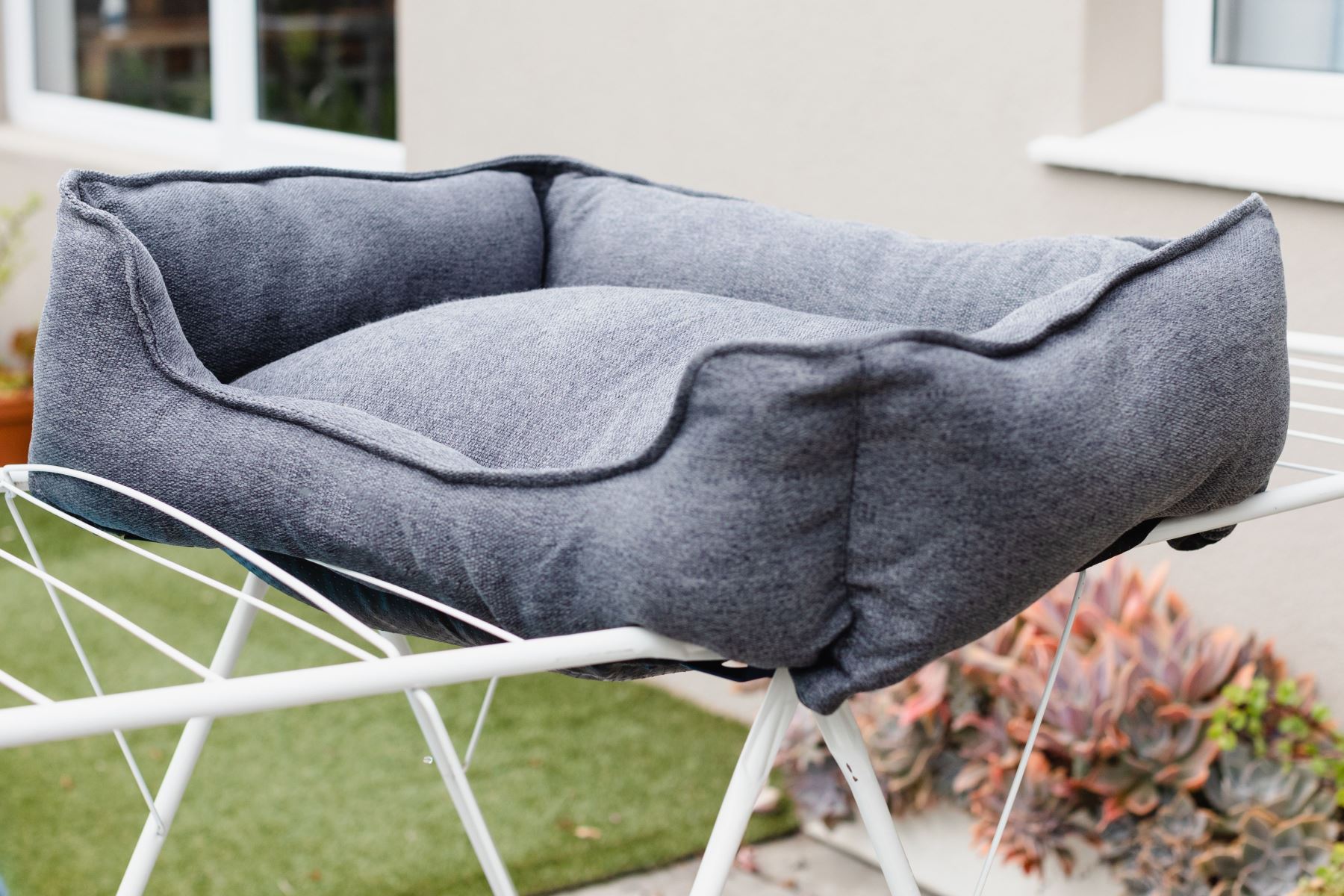

Laundry Appliances
How To Wash A Dog Bed In The Washing Machine
Modified: March 2, 2024
Learn how to effectively wash a dog bed in the washing machine with the help of laundry appliances. Keep your furry friend's bed clean and fresh easily!
(Many of the links in this article redirect to a specific reviewed product. Your purchase of these products through affiliate links helps to generate commission for Storables.com, at no extra cost. Learn more)
Choosing the Right Detergent for Your Dog's Bed
When it comes to washing your dog's bed, selecting the right detergent is crucial for effectively removing dirt, odors, and pet dander. Here are some key considerations to keep in mind when choosing the best detergent for your furry friend's bed:
-
Hypoallergenic Formulas: Opt for a detergent that is hypoallergenic and free from harsh chemicals and fragrances. This is especially important for dogs with sensitive skin or allergies. Look for detergents labeled as "gentle" or "hypoallergenic" to minimize the risk of skin irritation for your pet.
-
Pet-Safe Ingredients: Ensure that the detergent you choose is safe for pets. Look for products that are specifically formulated for washing pet bedding or that are labeled as pet-safe. These detergents are designed to be gentle on your dog's skin and safe for them to come into contact with after the bed is washed.
-
Stain and Odor Removal: Select a detergent that is effective at removing tough stains and odors. Dogs can leave behind a variety of messes on their beds, from mud and dirt to urine and saliva. A detergent with powerful stain-fighting properties will help ensure that the bed comes out of the wash looking and smelling fresh.
-
Eco-Friendly Options: For environmentally conscious pet owners, eco-friendly detergents are a great choice. Look for detergents that are biodegradable and made from natural, plant-based ingredients. These options are not only better for the environment but also safer for your dog and your family.
-
Free of Harsh Chemicals: Avoid detergents that contain harsh chemicals such as bleach, ammonia, or phosphates. These chemicals can be harmful to your dog and may cause skin irritation or respiratory issues. Opt for gentle, chemical-free detergents to prioritize your dog's well-being.
By carefully selecting the right detergent for your dog's bed, you can ensure that it is thoroughly cleaned without compromising your pet's health and comfort. Remember to always follow the manufacturer's instructions for both the detergent and the dog bed to achieve the best results.
Key Takeaways:
- Choose a gentle, pet-safe detergent to wash your dog’s bed. Look for hypoallergenic, pet-safe, and eco-friendly options to keep your furry friend’s bed clean and cozy without harsh chemicals.
- Prepare the dog bed by removing debris, spot cleaning stains, and checking for removable covers. Follow the care label and pre-treat odors with baking soda for a successful washing cycle.
Read more: How To Clean Dog Toys In A Washing Machine
Preparing the Dog Bed for Washing
Before tossing your dog's bed into the washing machine, it's essential to properly prepare it to ensure a thorough and effective cleaning process. Here's a step-by-step guide to preparing your dog's bed for washing:
-
Remove Loose Debris: Start by taking the dog bed outside or to a well-ventilated area and give it a good shake to dislodge any loose debris such as pet hair, dirt, and crumbs. This initial step helps prevent these particles from clogging the washing machine or ending up in the drain.
-
Spot Clean Stains: Inspect the bed for any visible stains or soiled areas. Use a pet-safe stain remover or a mixture of mild detergent and water to spot clean these areas before washing. Gently blot the stains with a clean cloth or sponge, working from the outer edges towards the center to prevent spreading the stain.
-
Check for Removable Covers: Many dog beds come with removable covers that can be washed separately. If your dog's bed has a removable cover, unzip or detach it from the bed and follow the manufacturer's instructions for washing. This allows for a more thorough cleaning and prevents the filling from clumping during the wash cycle.
-
Inspect for Damage: Take a moment to inspect the bed for any signs of damage, such as loose seams, tears, or worn-out areas. Repair any minor damages before washing to prevent them from worsening during the cleaning process. If the bed is severely damaged, it may be best to hand wash it or have it professionally cleaned.
-
Read the Care Label: Before proceeding, carefully read the care label attached to the dog bed. The manufacturer's instructions provide valuable guidance on the recommended washing temperature, detergent type, and any specific precautions to take. Adhering to these instructions helps maintain the bed's quality and prolong its lifespan.
-
Pre-Treat Odors: If the bed has lingering odors, sprinkle baking soda over the surface and allow it to sit for 15-30 minutes before washing. Baking soda is effective at neutralizing odors and can help freshen up the bed during the washing process.
By diligently preparing your dog's bed for washing, you set the stage for a successful cleaning cycle that eliminates dirt, odors, and stains, leaving the bed fresh and inviting for your furry companion. Following these steps ensures that the washing machine can work its magic effectively, resulting in a clean and cozy resting place for your beloved pet.
To wash a dog bed in the washing machine, first remove any loose hair and debris. Then, use a gentle cycle with cold water and a mild detergent. Avoid using fabric softener or bleach. Air dry or use a low heat setting in the dryer.
Setting the Washing Machine for the Best Results
Once you've prepared your dog's bed for washing, it's time to ensure that the washing machine is set up to deliver optimal results. Properly configuring the washing machine is essential to effectively clean the bed while safeguarding its integrity. Here's a detailed guide to setting the washing machine for the best results:
-
Select the Appropriate Water Temperature: Check the care label on the dog bed to determine the recommended water temperature for washing. In most cases, using warm water is ideal for effectively removing dirt, oils, and odors without compromising the bed's fabric or filling. However, if the care label specifies cold water, adjust the washing machine accordingly to prevent potential damage.
-
Choose a Gentle Cycle: Opt for a gentle or delicate cycle on the washing machine to protect the integrity of the dog bed. These cycles feature slower agitation and are designed to prevent excessive wear and tear on fabrics and stitching. If the bed is heavily soiled, consider adding an extra rinse cycle to ensure that all detergent and debris are thoroughly removed.
-
Use a Pet-Safe Detergent: Select a mild, pet-safe detergent that is free from harsh chemicals and fragrances. Measure the appropriate amount of detergent according to the manufacturer's instructions and pour it into the designated dispenser or directly into the washing machine drum. Avoid overloading the machine with detergent, as this can lead to soap residue being left behind on the bed.
-
Add Vinegar for Odor Removal: For dog beds that have persistent odors, adding a half cup of white vinegar to the wash can be highly effective. Vinegar acts as a natural deodorizer and helps eliminate lingering pet odors without leaving behind a strong vinegar scent. This step can be particularly beneficial for beds that have been soiled with urine or other strong-smelling substances.
-
Balance the Load: Ensure that the dog bed is evenly distributed in the washing machine to prevent imbalance during the spin cycle. Imbalance can cause the machine to shake excessively and may lead to inadequate cleaning or potential damage to the appliance. If necessary, add a few towels or other soft items to balance the load and protect the washing machine.
-
Avoid High-Speed Spinning: When setting the spin cycle, opt for a lower speed to prevent the dog bed from becoming misshapen or damaged. High-speed spinning can put stress on the bed's seams and fabric, potentially compromising its structure. Selecting a lower spin speed helps maintain the bed's integrity while effectively removing excess water before the drying process.
By carefully configuring the washing machine according to these guidelines, you can ensure that your dog's bed receives a thorough and gentle cleaning, leaving it fresh, clean, and ready for your furry friend to enjoy. Following these steps helps maintain the bed's quality and comfort, providing your pet with a cozy and hygienic resting place.
Drying and Fluffing the Dog Bed
After the washing cycle is complete, it's essential to focus on the drying and fluffing process to ensure that your dog's bed is thoroughly clean, free from excess moisture, and inviting for your furry companion. Here's a detailed guide to effectively drying and fluffing the dog bed:
-
Remove Excess Moisture: Before transferring the dog bed to the dryer, use a clean, dry towel to gently blot and absorb excess moisture from the surface. Pressing down on the bed helps to extract water, facilitating a more efficient drying process and preventing the formation of mildew or musty odors.
-
Select the Right Drying Method: Check the care label on the dog bed to determine the recommended drying method. In most cases, using a clothes dryer on a low to medium heat setting is suitable for drying the bed effectively. If the care label specifies air drying, consider hanging the bed outdoors or in a well-ventilated area to allow natural air circulation.
-
Add Dryer Balls or Tennis Balls: To aid in fluffing and evenly distributing the filling inside the dog bed, consider adding a few dryer balls or clean tennis balls to the dryer. These items help prevent the filling from clumping together and promote better air circulation, resulting in a fluffier and more evenly dried bed.
-
Monitor the Drying Process: Periodically check the dog bed during the drying cycle to assess its progress. Fluff the bed by gently shaking and rearranging the filling to ensure that it dries evenly and maintains its shape. If using a clothes dryer, avoid overloading it with other items to allow ample space for the dog bed to tumble and dry effectively.
-
Sun-Drying for Odor Removal: If weather permits, consider sun-drying the dog bed to take advantage of the natural deodorizing properties of sunlight. Sun exposure can help eliminate lingering odors and bacteria while providing a fresh, outdoor scent that your pet may find appealing.
-
Fluff and Re-Shape After Drying: Once the dog bed is completely dry, fluff and re-shape it to restore its original loft and comfort. Gently massage and manipulate the bed to loosen any compacted filling and ensure that it retains its plushness and support for your pet.
By following these steps, you can effectively dry and fluff your dog's bed, resulting in a clean, fresh, and inviting resting place for your beloved pet. This meticulous approach to the drying and fluffing process helps maintain the bed's comfort and hygiene, ensuring that your furry friend has a cozy and welcoming spot to relax and unwind.
Frequently Asked Questions about How To Wash A Dog Bed In The Washing Machine
Was this page helpful?
At Storables.com, we guarantee accurate and reliable information. Our content, validated by Expert Board Contributors, is crafted following stringent Editorial Policies. We're committed to providing you with well-researched, expert-backed insights for all your informational needs.
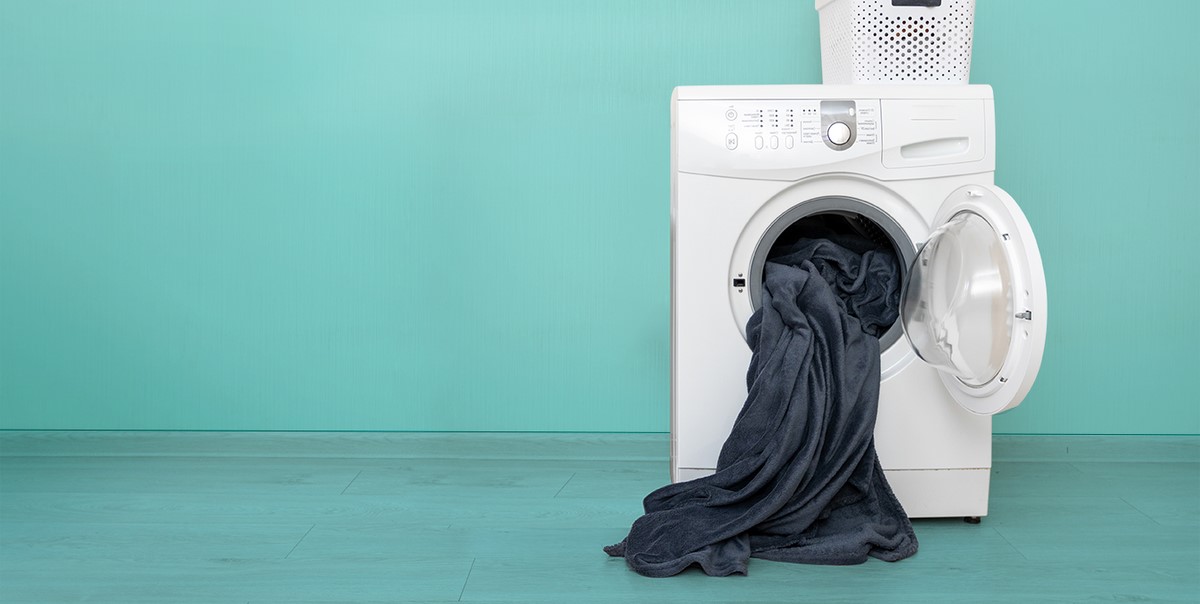

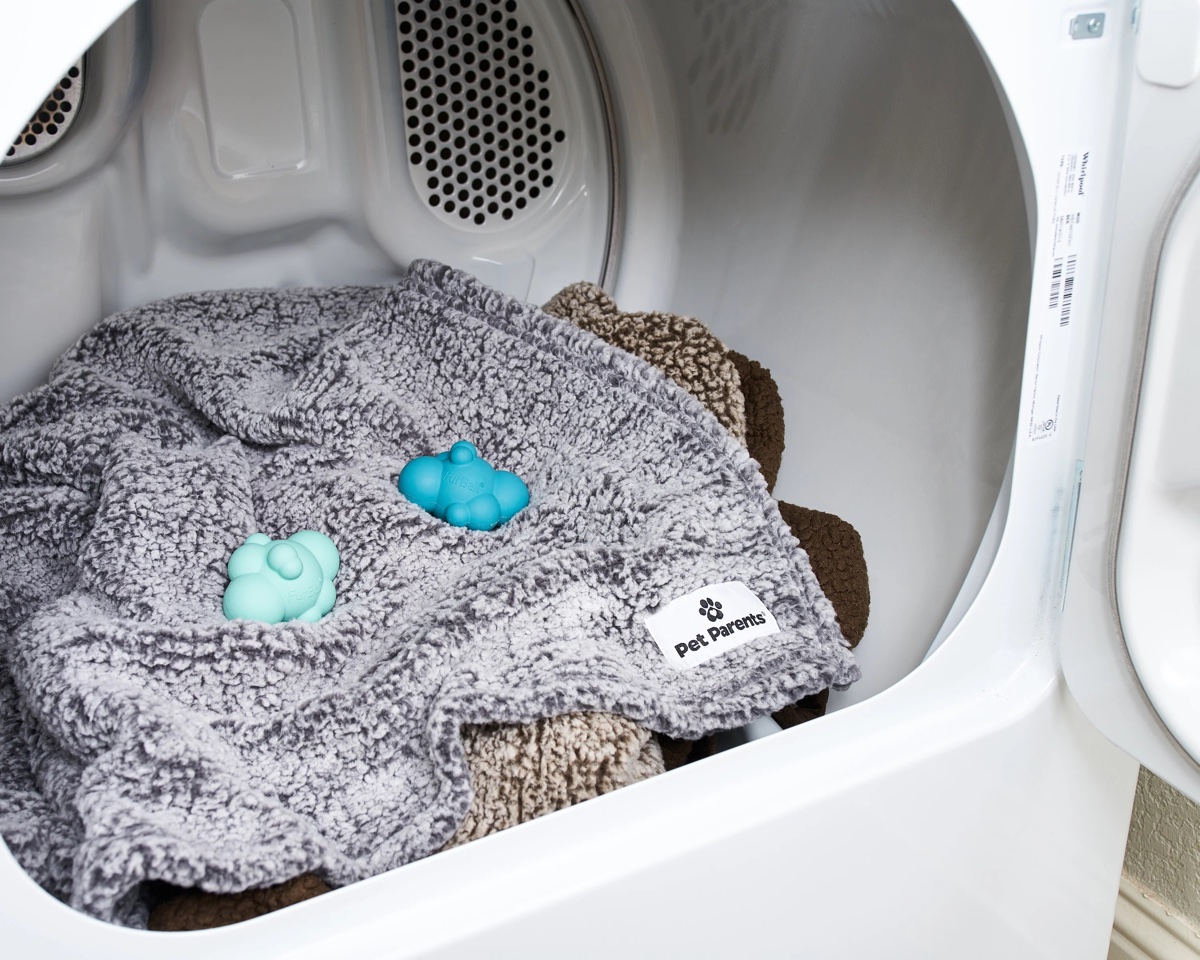

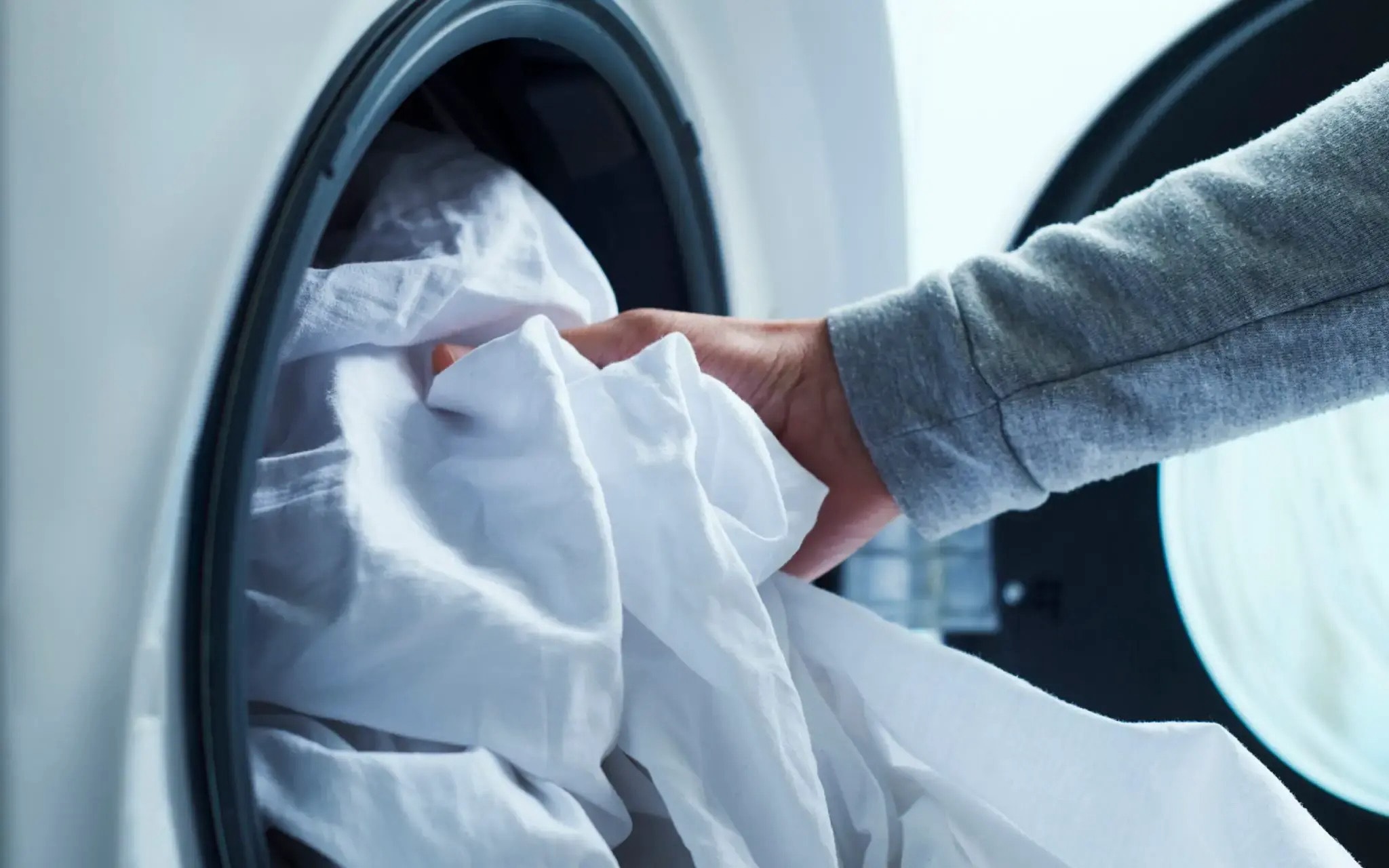
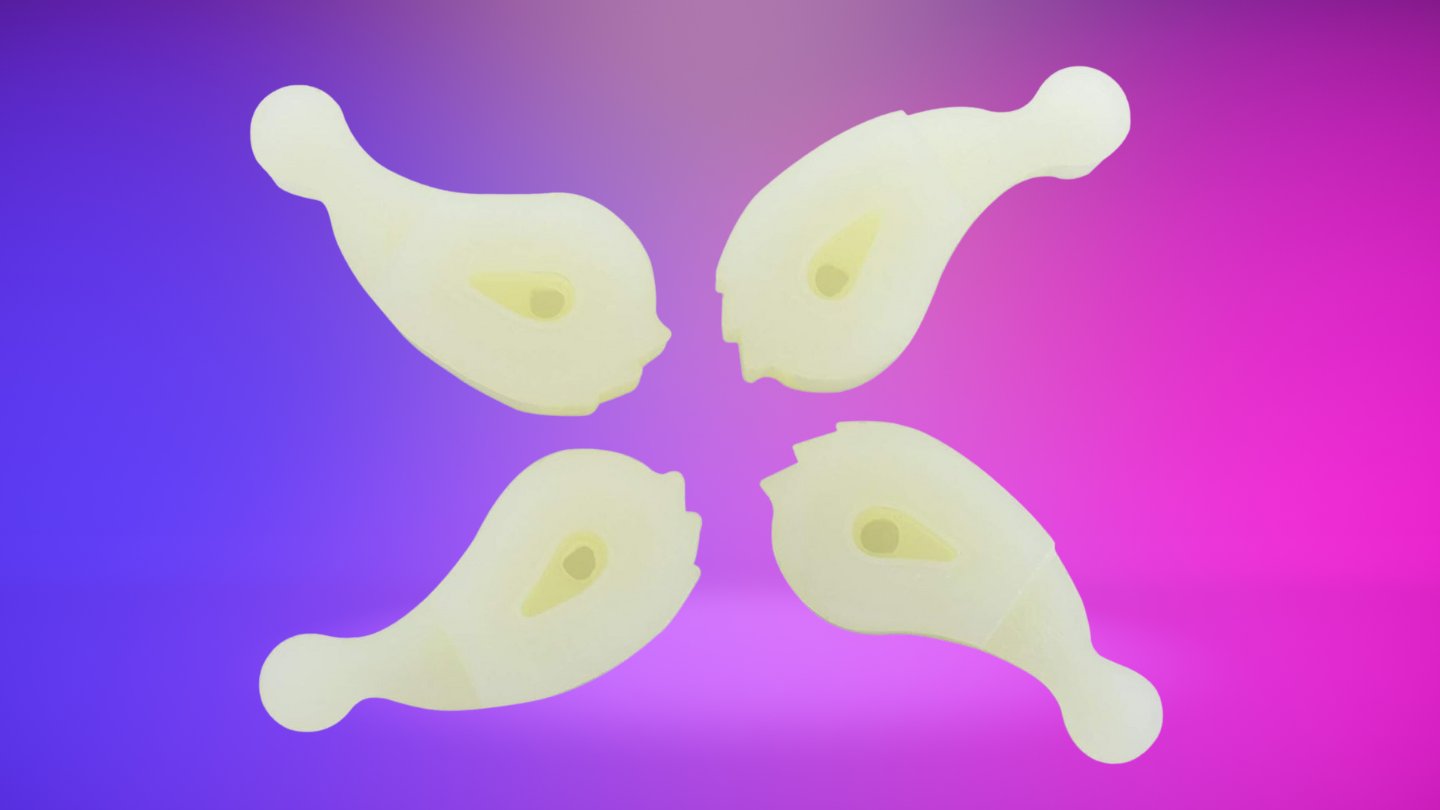
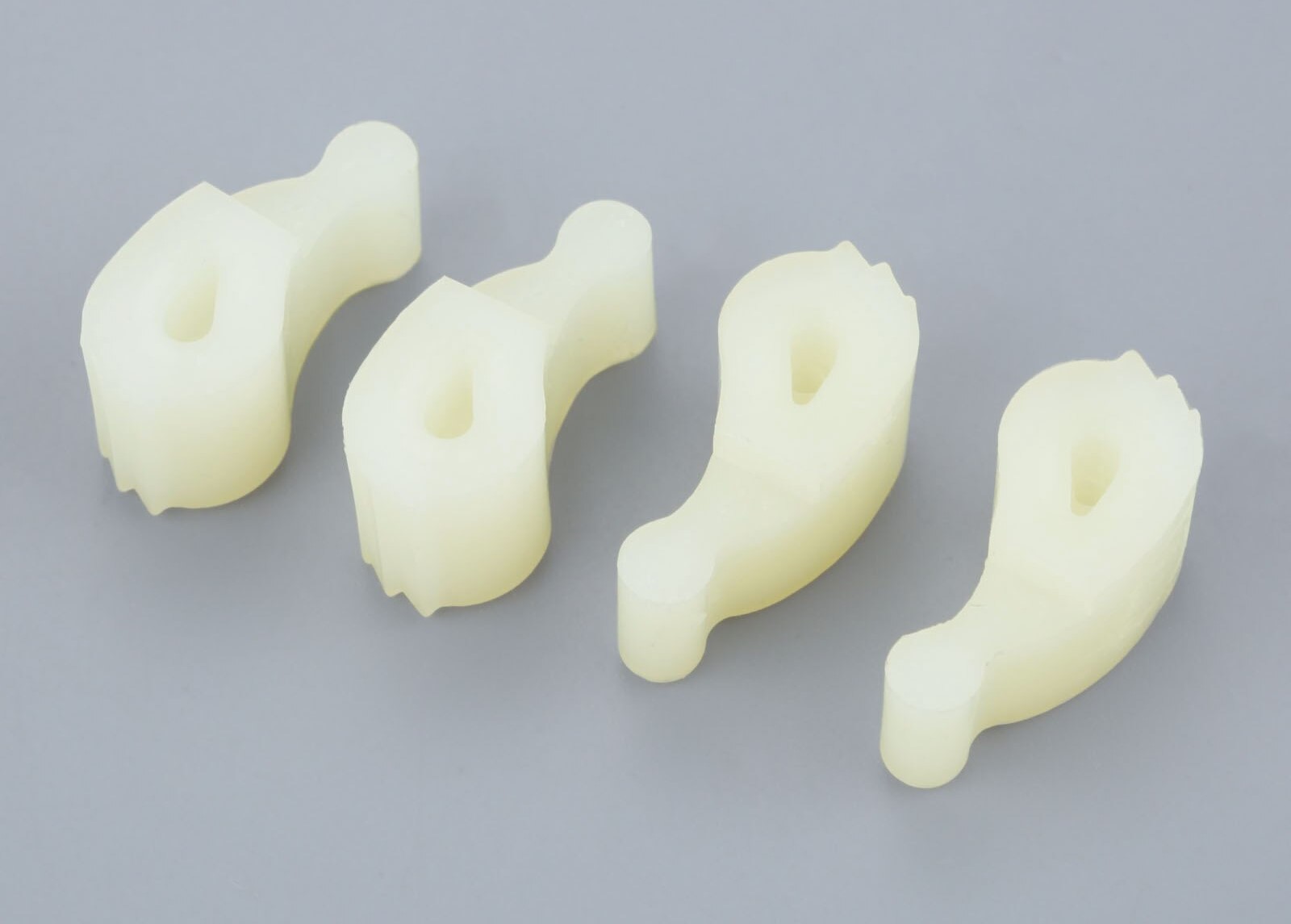
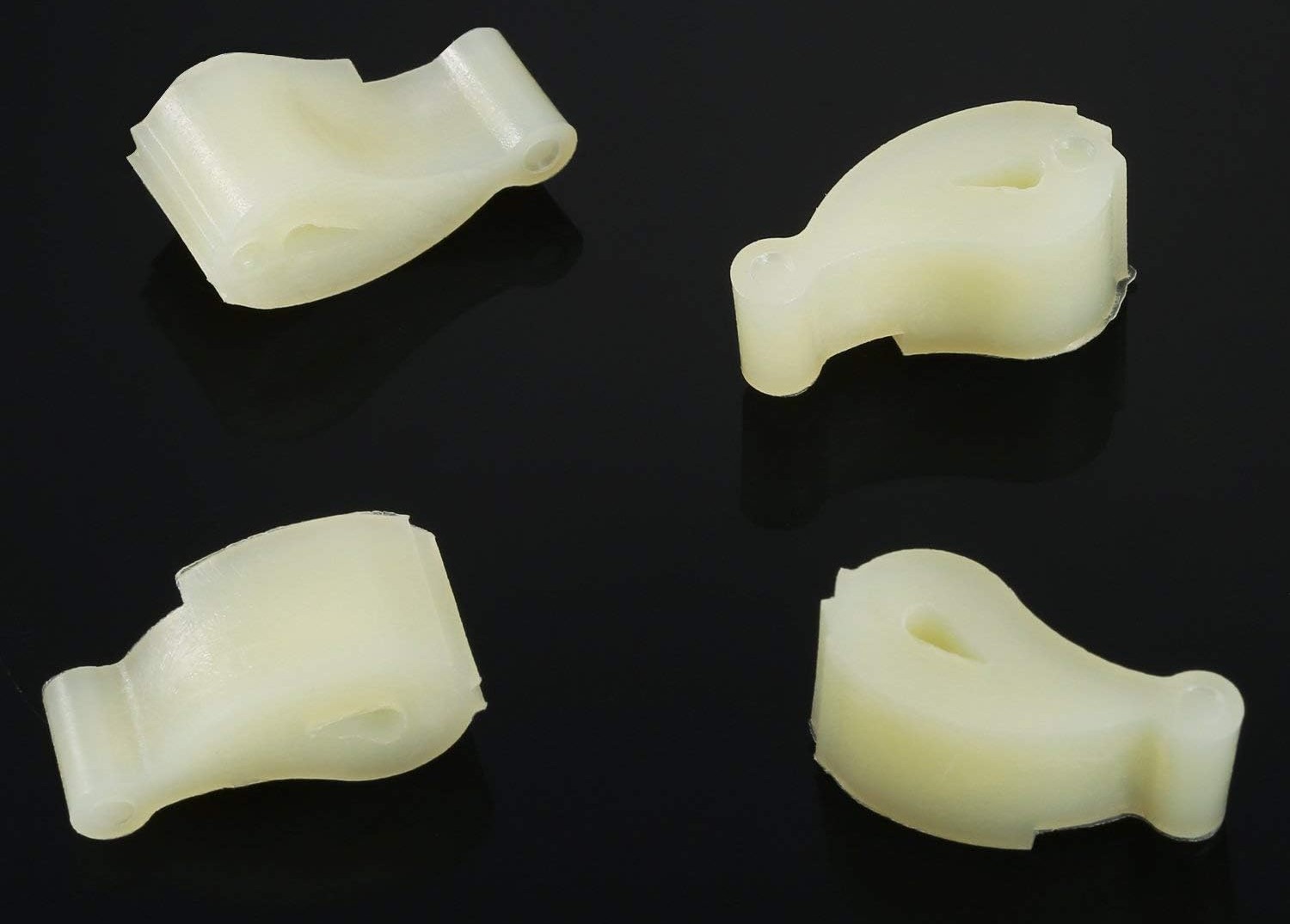
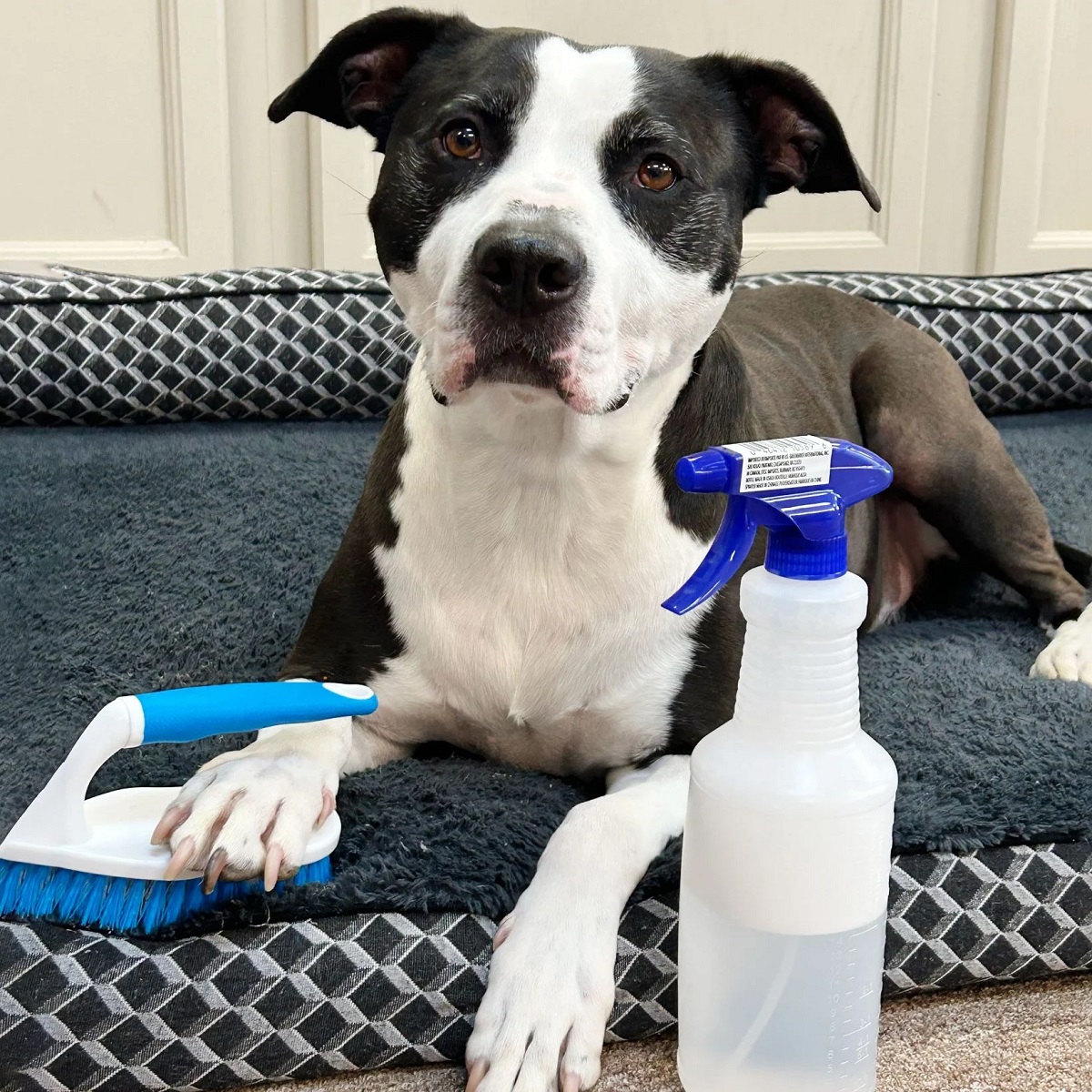

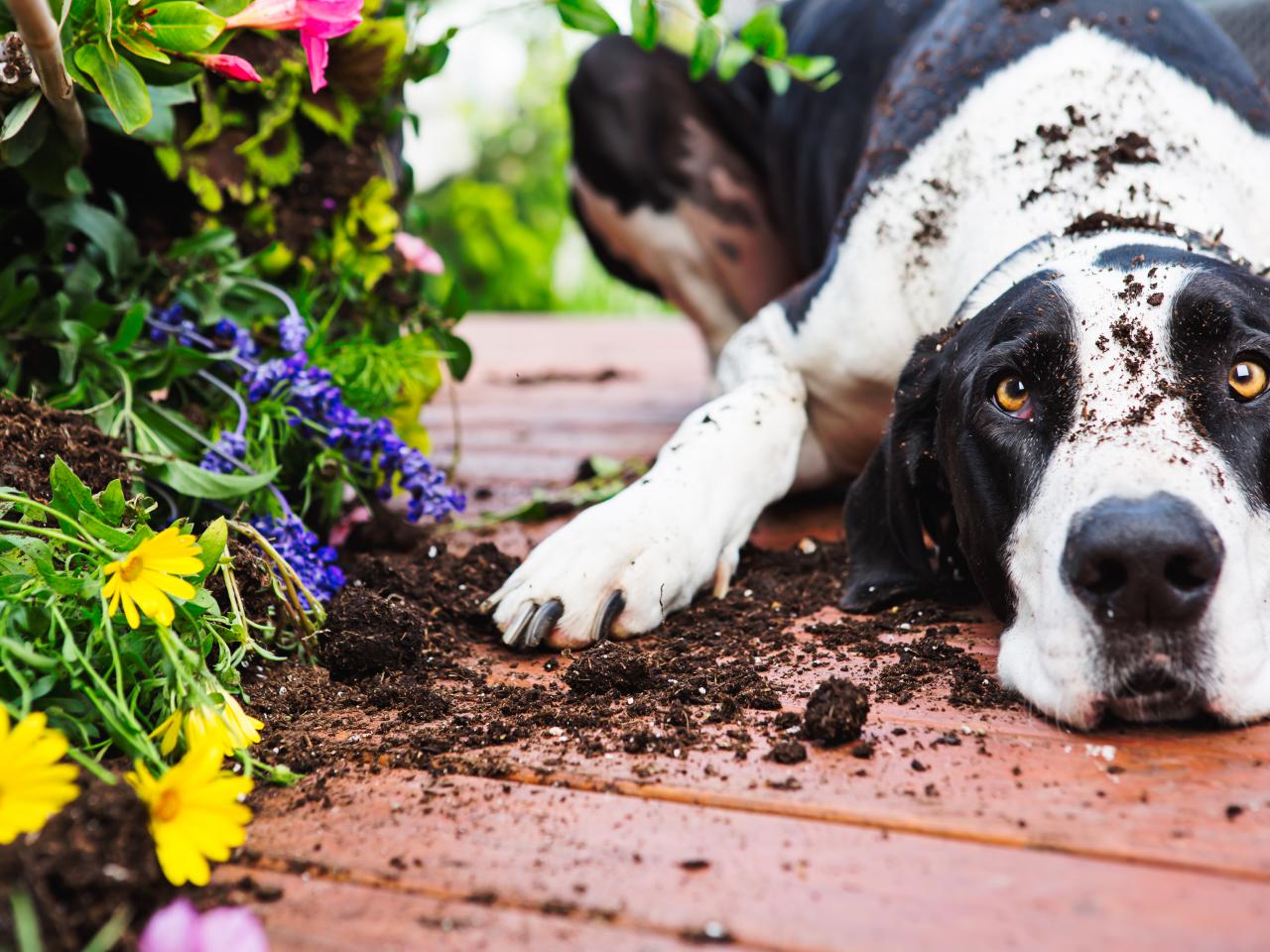
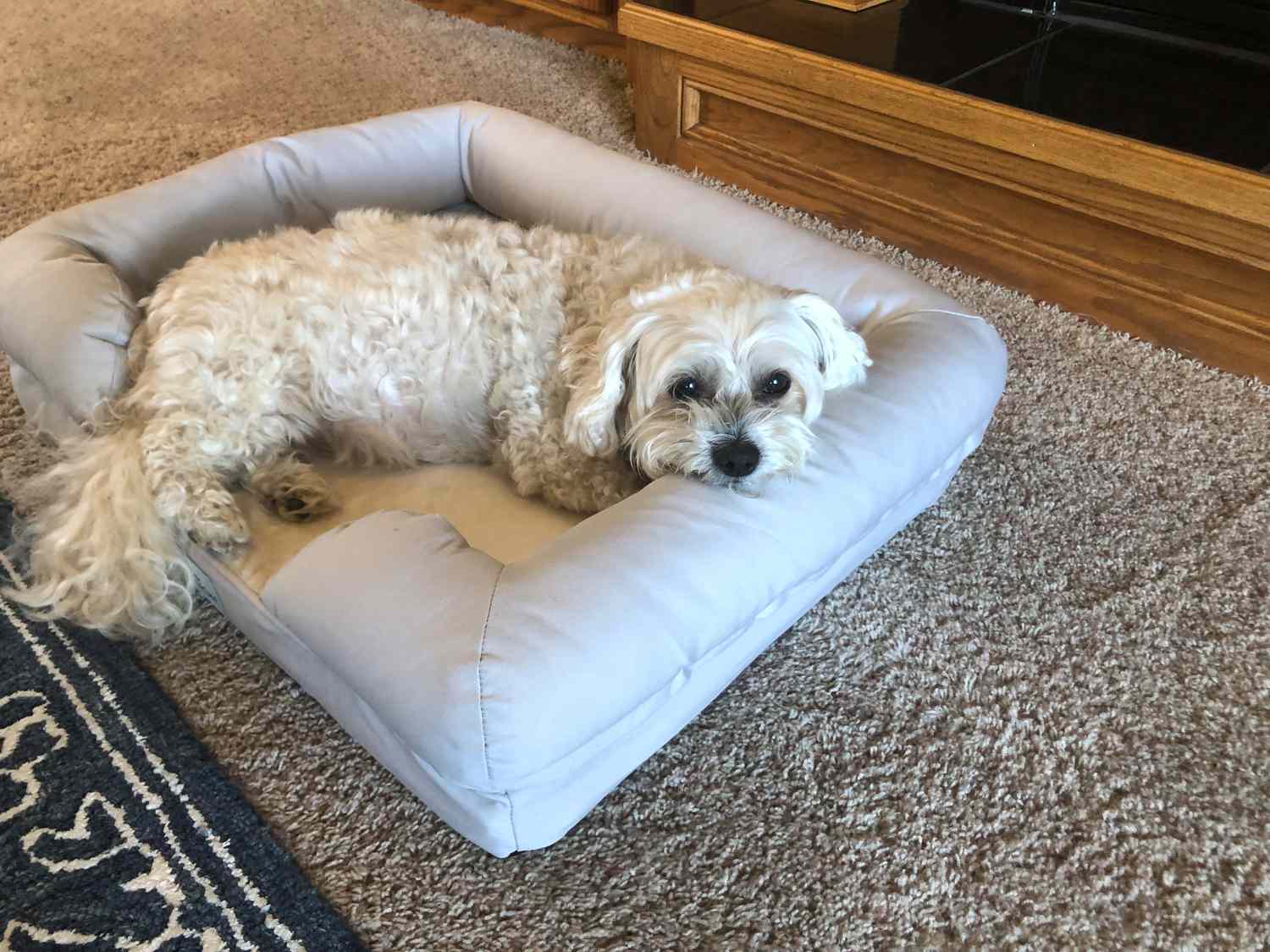
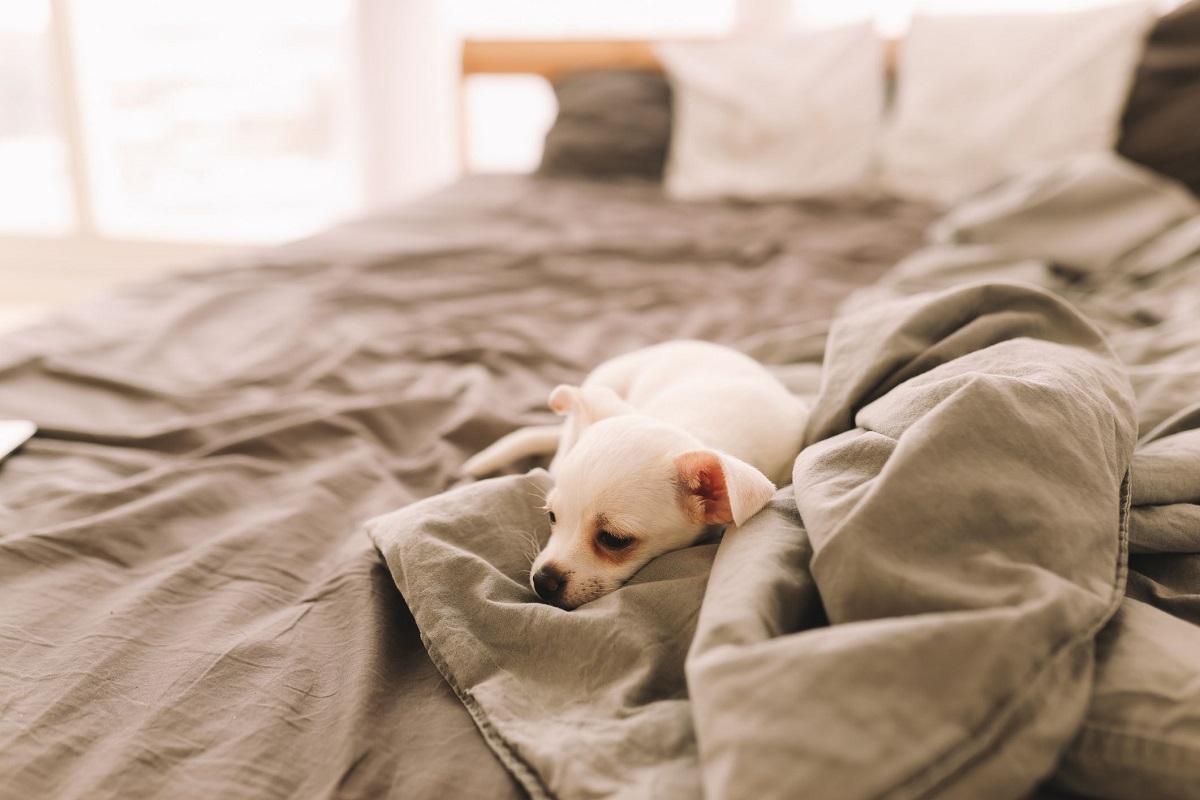
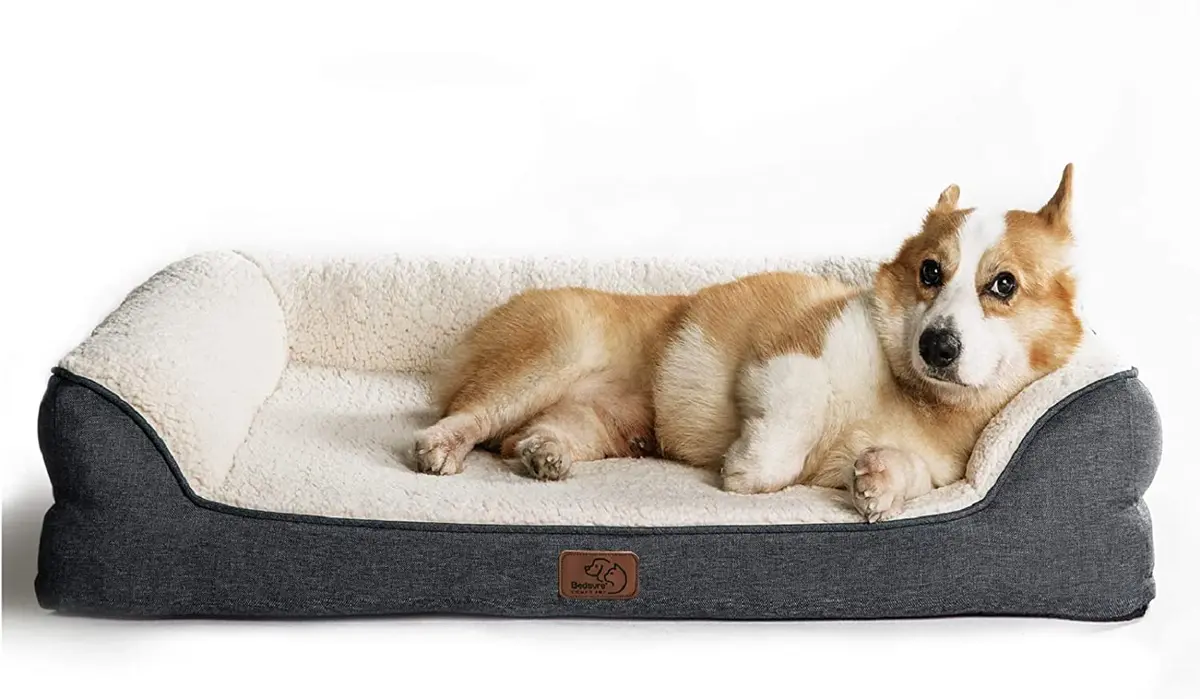
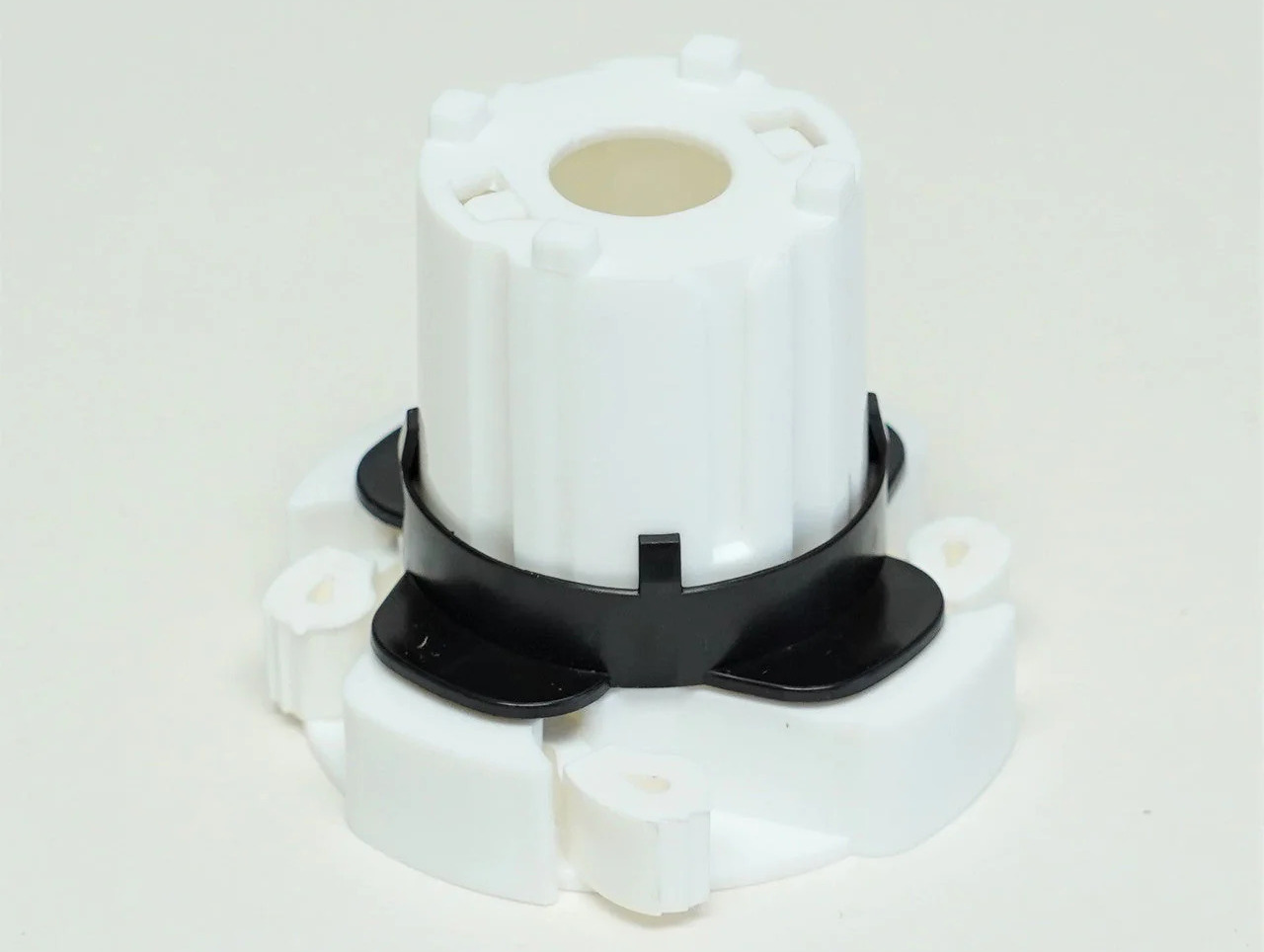

0 thoughts on “How To Wash A Dog Bed In The Washing Machine”